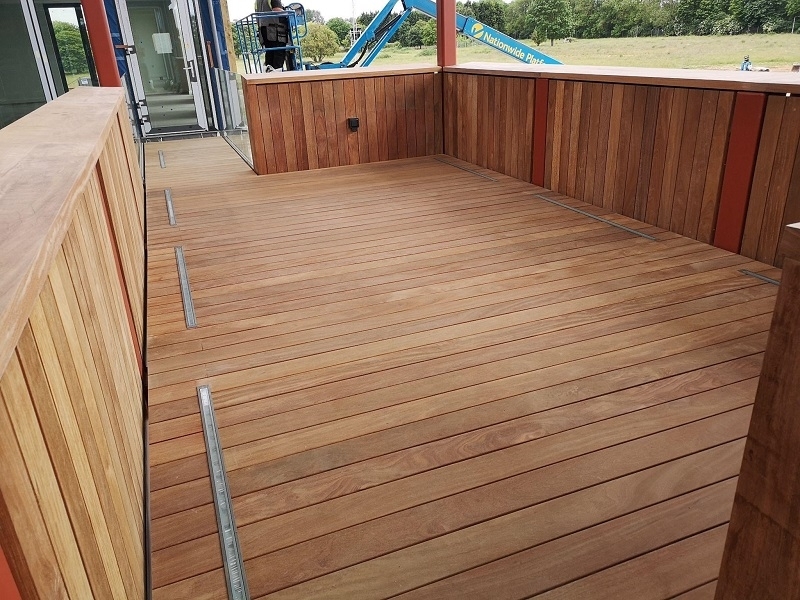Species in the spotlight: Cumaru
Published: 17/08/22 By: Mike Bekin
The world of trees is a fascinating one. From their intelligent root systems to their work with fungi to send electric signals to other trees below ground (yes, trees do communicate with each other!), this part of nature is one that everyone should know more about. At EcoChoice we are tree enthusiasts, specialising in sustainable timber and all of its uses. With that in mind, we would like to introduce you to one of our favourite timber species, Cumaru, so that you can dive headfirst into this astonishing world.
An Introduction to Cumaru
Cumaru is found mainly in South America, where it grows in the northern climate, though it can also be found more sparsely in Central America. From Brazil and Colombia to Mexico and Jamaica, it is a fairly widespread species! You may have heard of Cumaru under a plethora of different names, including its scientific name of Dipteryx Odorata; or Brazilian Teak, Tonka, Almendrillo or Sarrapia.
What Does the Cumaru Tree Look Like?
Cumaru is a large tree, growing to between 80 feet or 100 feet at its full height. The bark is similar to many trees we see in Britain, with a greyish tint over a dusty brown. The trunk of the tree tends to be fairly prominent with an outburst of lush greenery right at the very top, making the Cumaru look taller than it already is!
What Does Cumaru Timber Look Like?
The heartwood of Cumaru is known for being quite beautiful and colourful. It is usually a medium brown, though can also be found a little darker, with streaks of red or purple running through it. More rarely, the wood may sometimes be seen with flashes of yellow or a greenish-brown tint, bringing plenty of character to the heartwood.
As for the grain, it is interlocked and fairly prominent. It has a medium texture and the wood has a slightly waxy feel before treatments.
How Good is Cumaru For External Uses?
Cumaru is an excellent choice for external structures, such as decking (one of our favourites). This is mainly because of its natural durability and resistance to rot. The timber is exceptional at withstanding weathering and will last a very long time, whilst also not being very susceptible to termite attacks.
However, it is good to note that it can be a little difficult to work with. It is very dense (1070 kg/m3) and the interlocked grain will need professional tools with which to work it. If you are not used to working with tough, durable timbers, you will probably find Cumaru fairly tricky.
What Are the Main Uses of Cumaru?
Because it is so hardy, external uses such as outdoor furniture, hardwood decking and cladding are where you will see Cumaru used the most. However, because of its appearance, it is also popular for indoor furniture, for example coffee tables. The timber has also been used for commercial construction projects, such as bridges and piers, where its strength and durability shine.
Choose Cumaru For Your Own Projects
At EcoChoice, we can supply you with sustainable Cumaru from responsibly managed forests. All of our Cumaru timber is independently certified, ensuring that its production and processing helps rather than hinders the forests in which it is grown. If you would like to learn more, get in touch with our team today to find out more!
